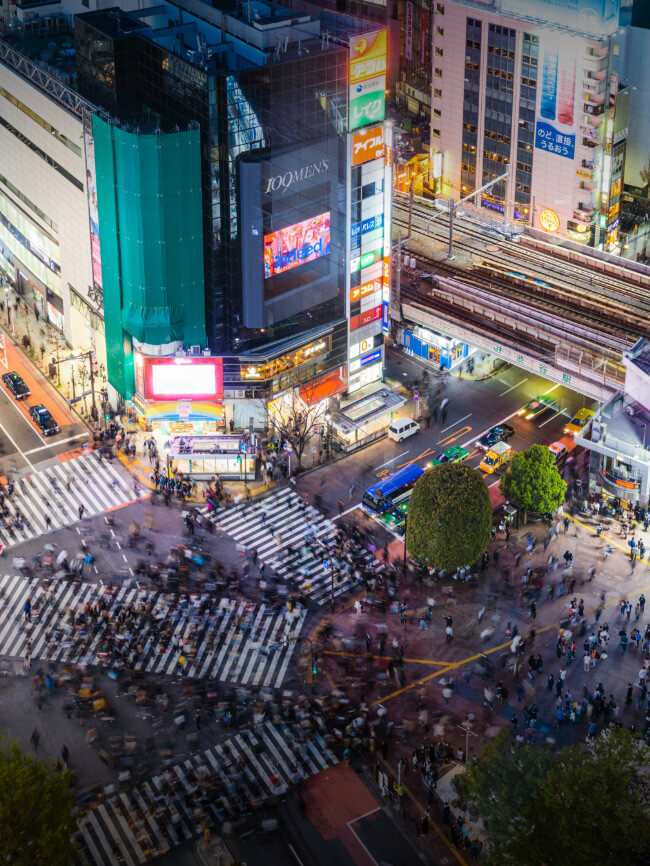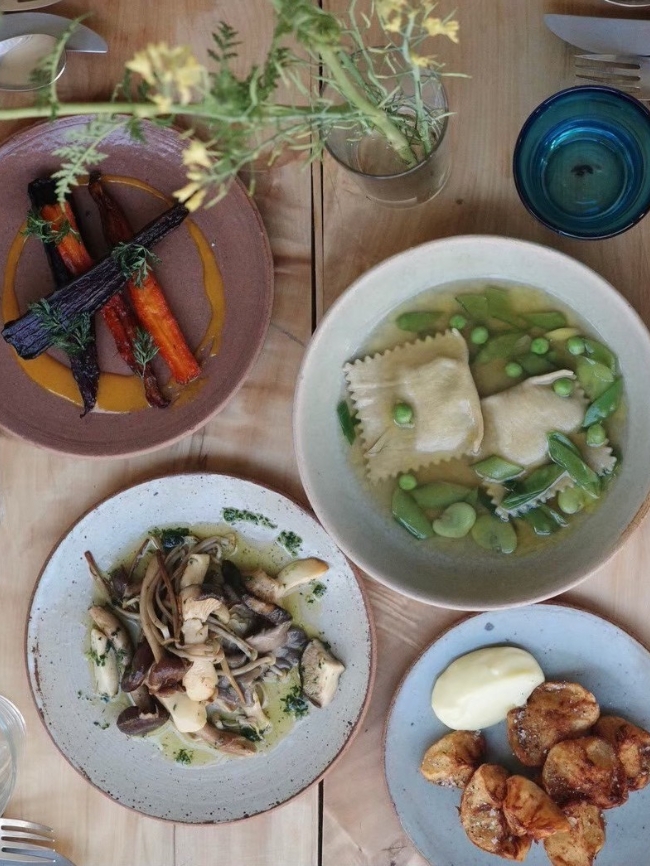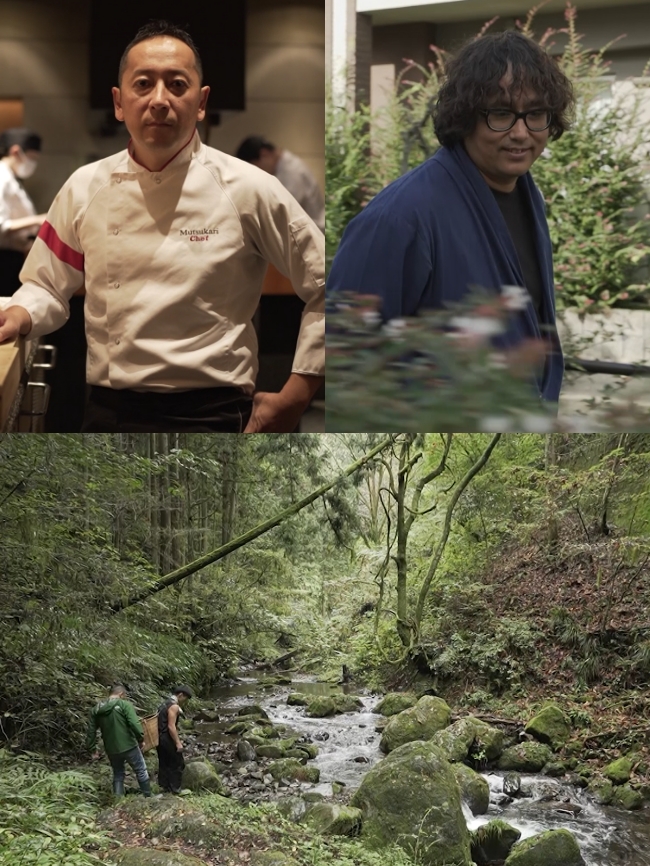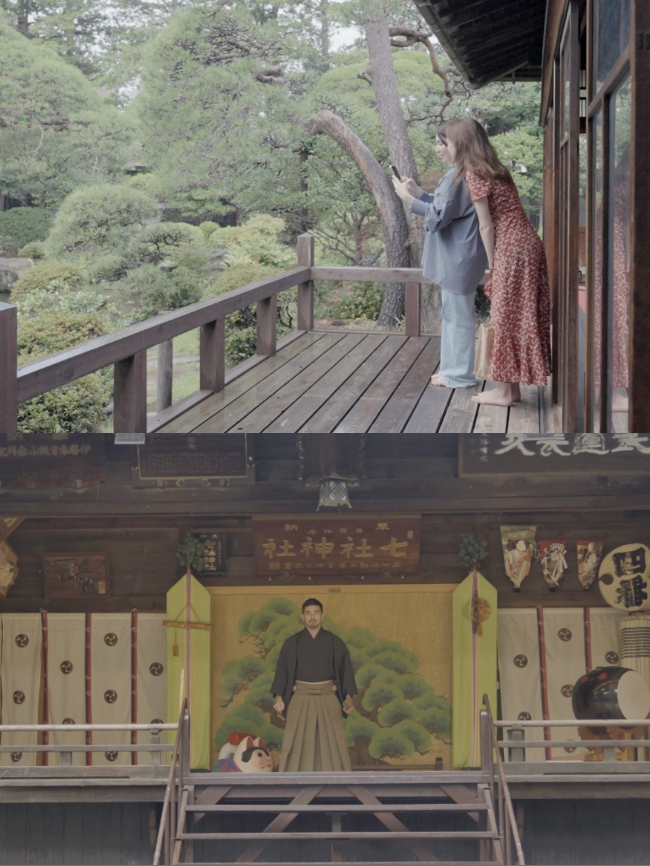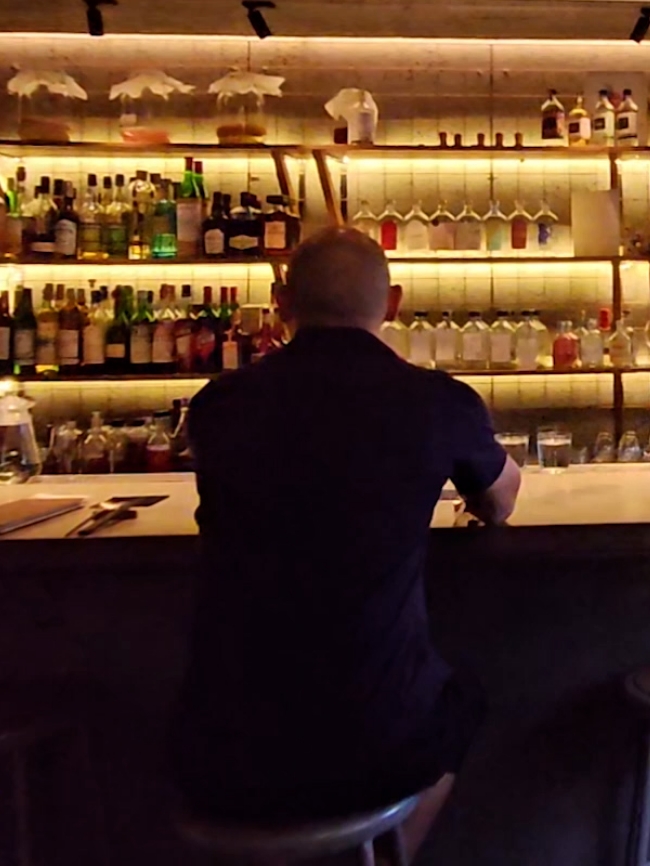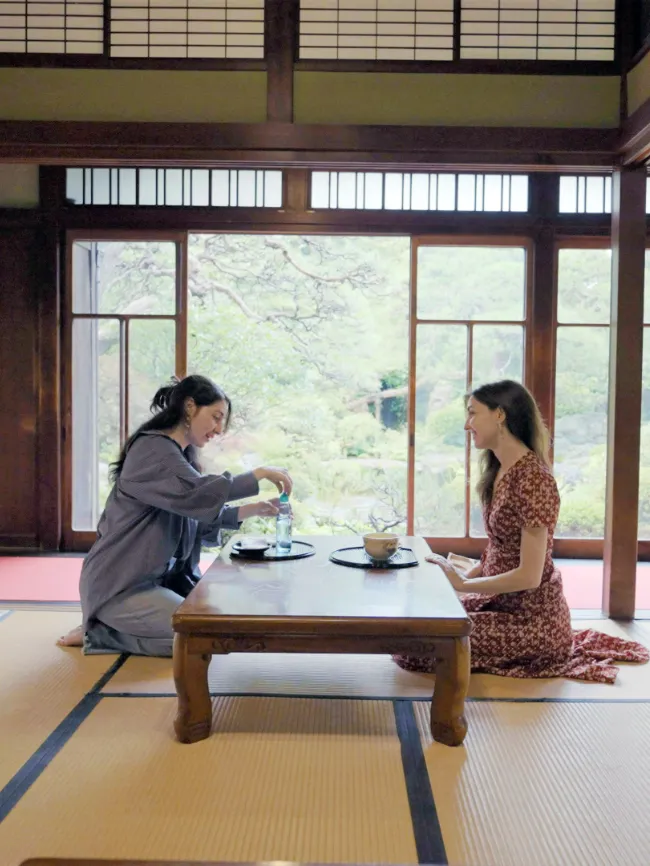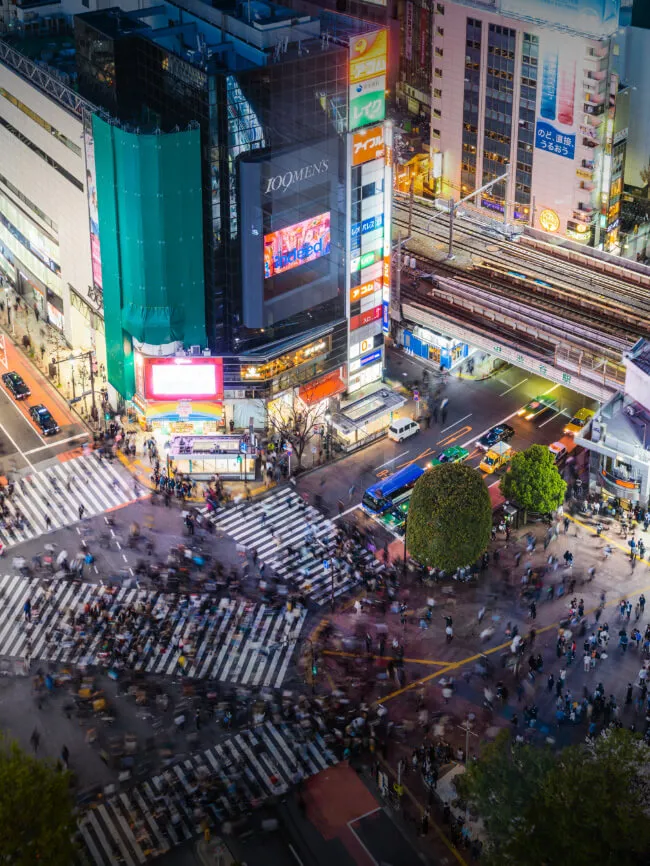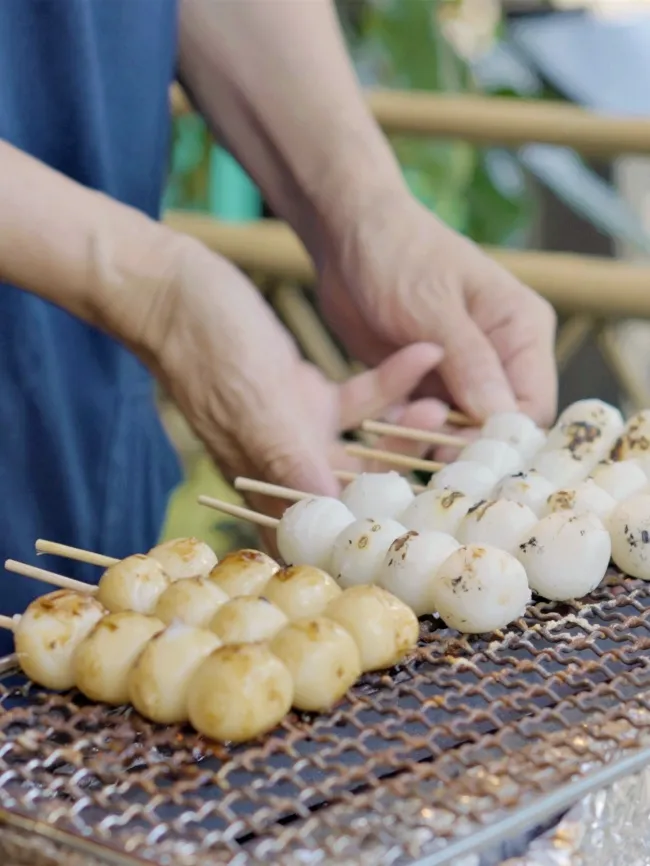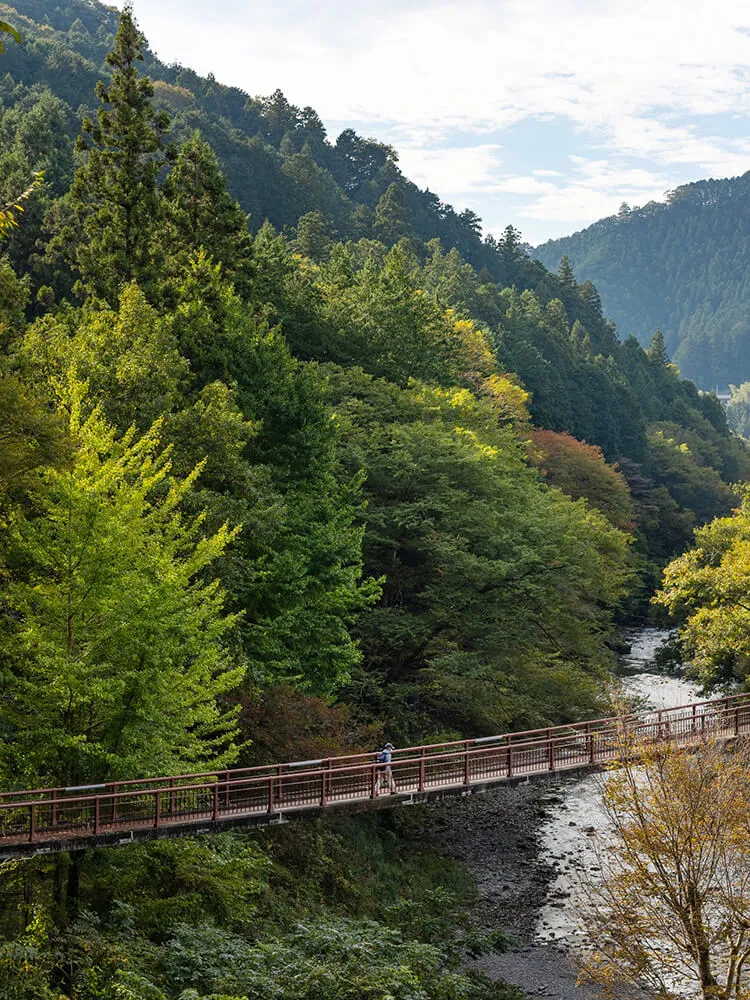
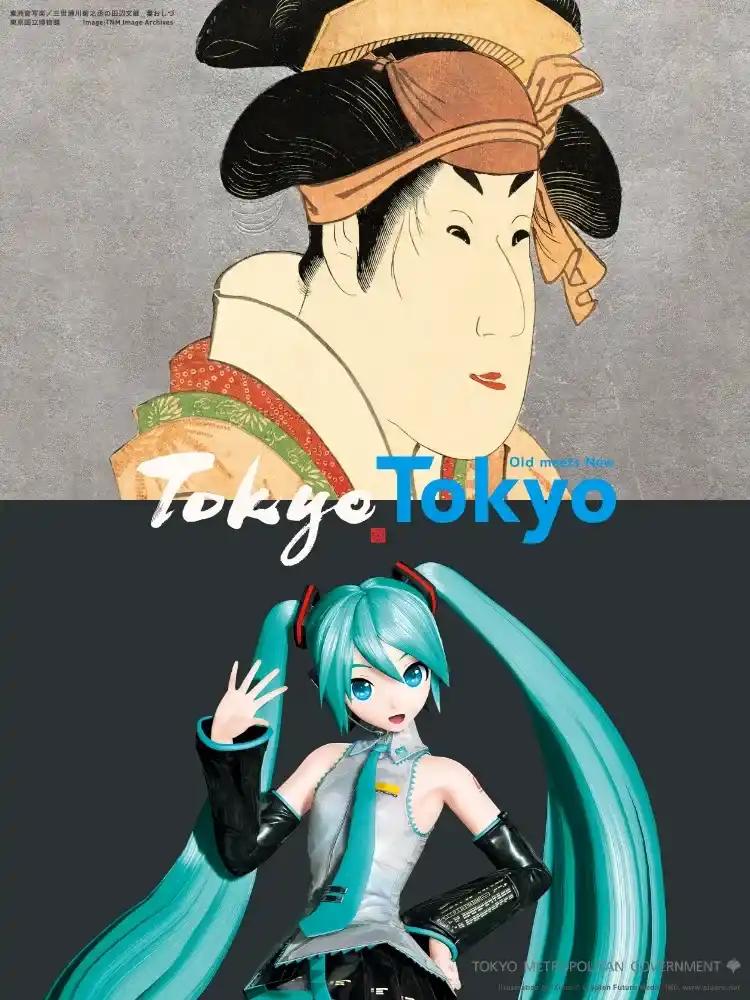
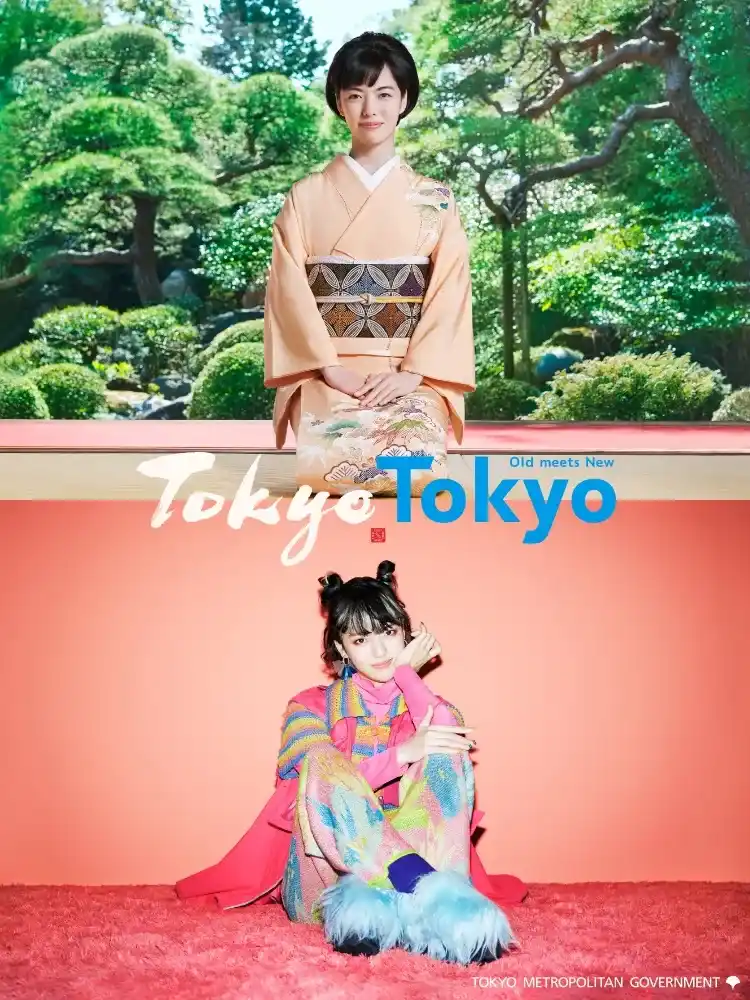
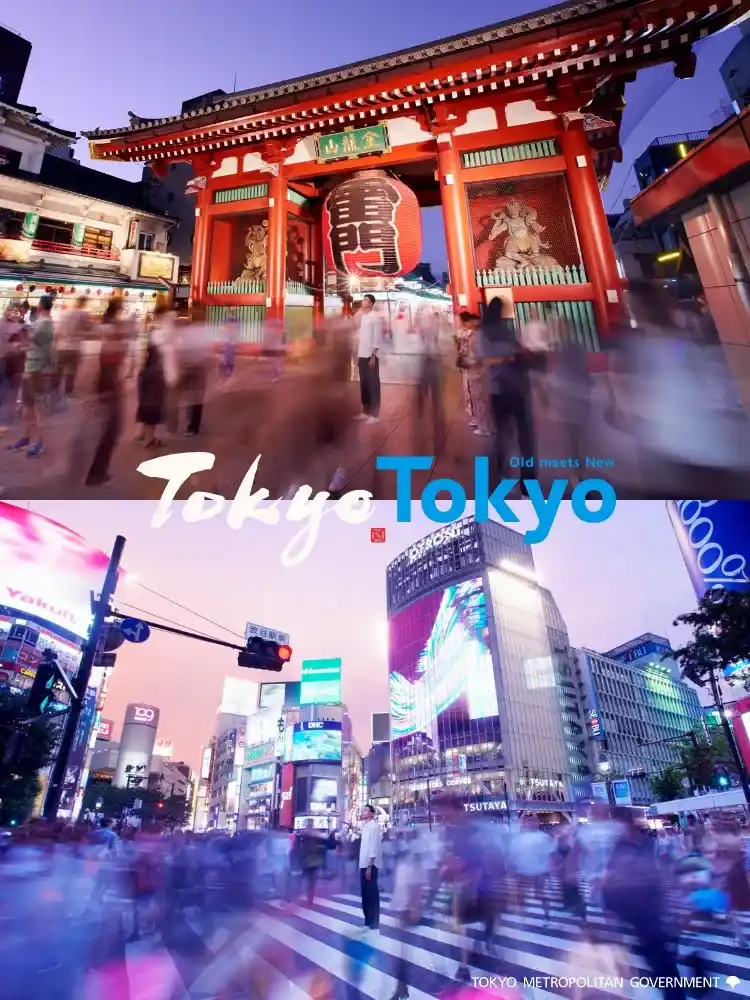
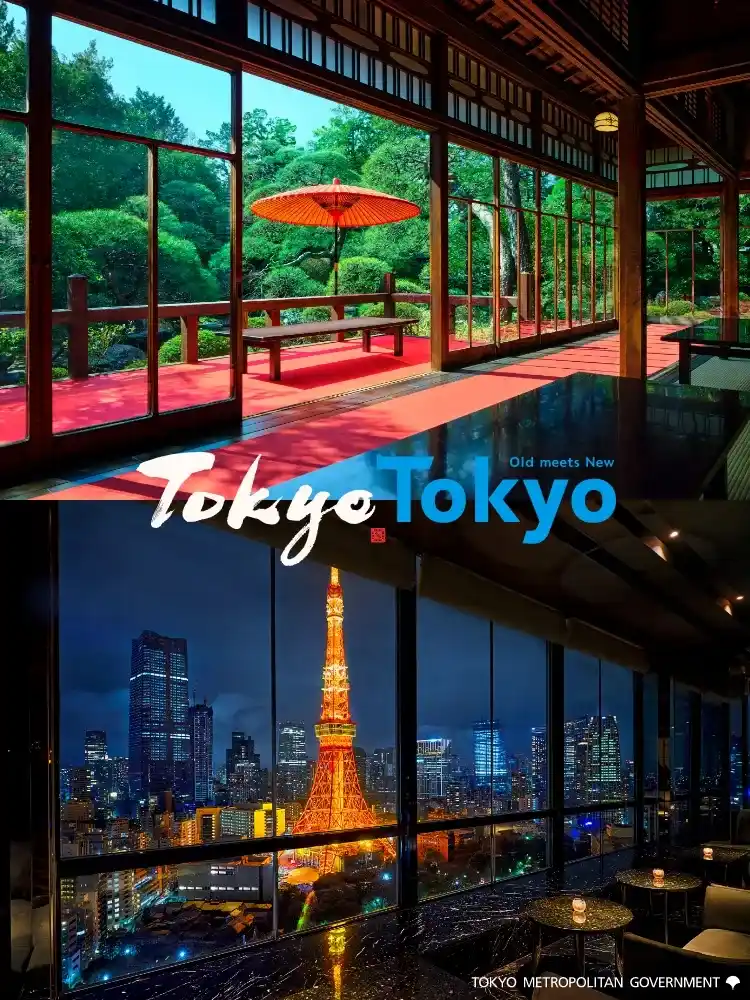
Old meets New
You cannot visit the same Tokyo twice.
The city is always changing in fun, unpredictable ways and creates new styles
by mixing modernity and tradition, Your new story starts here.
Short Video Gallery






A Glimpse of Old Tokyo
Start your dive into Shibamata, a historic district in Tokyo, with a walk along Taishakuten-Sando, a street full of nostalgia lined with shops selling local delicacies and crafts.
A Journey through Samurai and Tradition in Tokyo
Kita City is a special area offering valuable cultural experiences in Tokyo’s lively neighborhood. For a traditional cultural experience, drink tea and listen to Gagaku, Japanese court music wearing a kimono at the peaceful Nanasha-jinja Shrine. This experience will be captured by a professional photographer, creating memories to last a lifetime.
Gourmet Adventure in Shikinejima Island
On Shikinejima, one of Tokyo's Izu Islands (three hours from central Tokyo by high-speed jet ferry) , you can savor unforgettably special moments with some exquisite eats featuring ingredients found nowhere else.
Discover the authentic taste of Tokyo
Start your journey at Jindaiji Temple, a historic temple surrounded by lush greenery. Stroll down Jindaiji Approach, a street lined with quaint shops selling souvenirs and local treats. Visit Musashino Jindaiji Gama to craft beautiful pottery, or enjoy the taste of Jindaiji soba, a local specialty at Matsuba Chaya. For some Japanese sweet treats, go to Yaoki. After a day of exploring, relax and unwind with a local beer at Monzen. Jindaiji offers a perfect blend of history, culture, and nature, making it an ideal escape from the city’s hustle and bustle. Click the link below to learn more!
Explore the unique culture and vibrant people of Nakano by night
If you're seeking a unique nighttime experience in Tokyo, why not visit Nakano? Start your journey in Nakano at Nakano Broadway, a four-story shopping paradise and subculture hub filled with vintage collectibles and unique items.
Dive into Musashino City's Vibrant Nightlife
Enjoy a night out in Kichijoji where distinctive and delightful eateries are gathered. Begin your day at Inokashira Park, a serene oasis perfect for a stroll or a relaxing boat ride on the pond. Stop by Musashino Bunko Café, a retro café with a 39-year history. They offer freshly brewed coffee and signature dishes like homemade cakes. For jazz enthusiasts, SOMETIME is a must-visit.
New Contents
Explore
Let's find articles about Tokyo that interest you.
DISCOVERING TOKYO
View and peruse content highlighting hidden spots and experiences among the many faces of Tokyo.
Latest news
2025.06.10
Tokyo Tourism Ambassadors come from divergent fields and leverage their experience, respective a...
2025.01.15
Culinary experts Yahei Suzuki, Kenichiro Sekiya, Kentaro Chen, and Kimio Nonaga have been newly ...
2024.12.19
We are pleased to announce the launch of a website for #Tokyo Tokyo BASE, a hub for the promotio...

